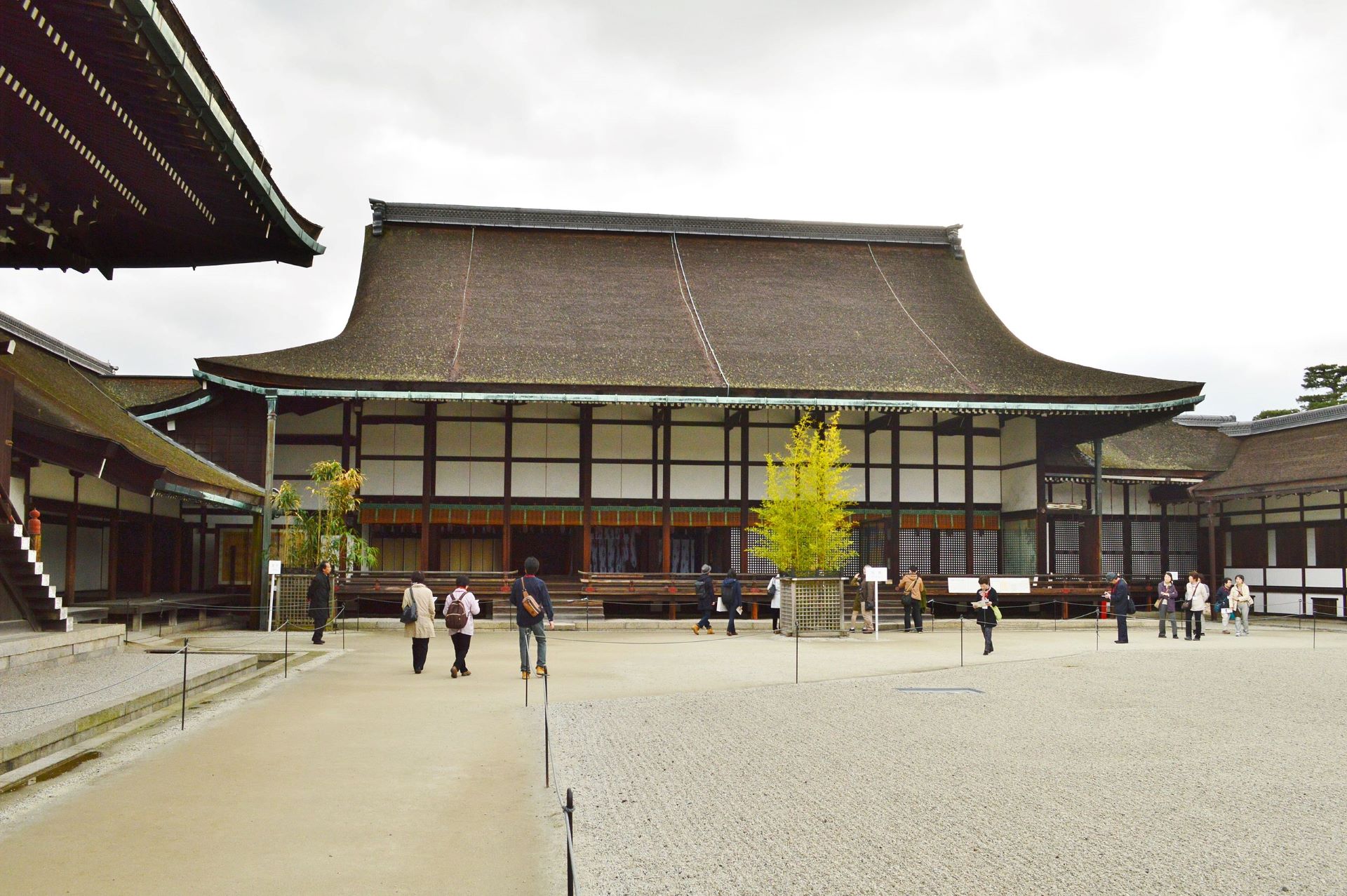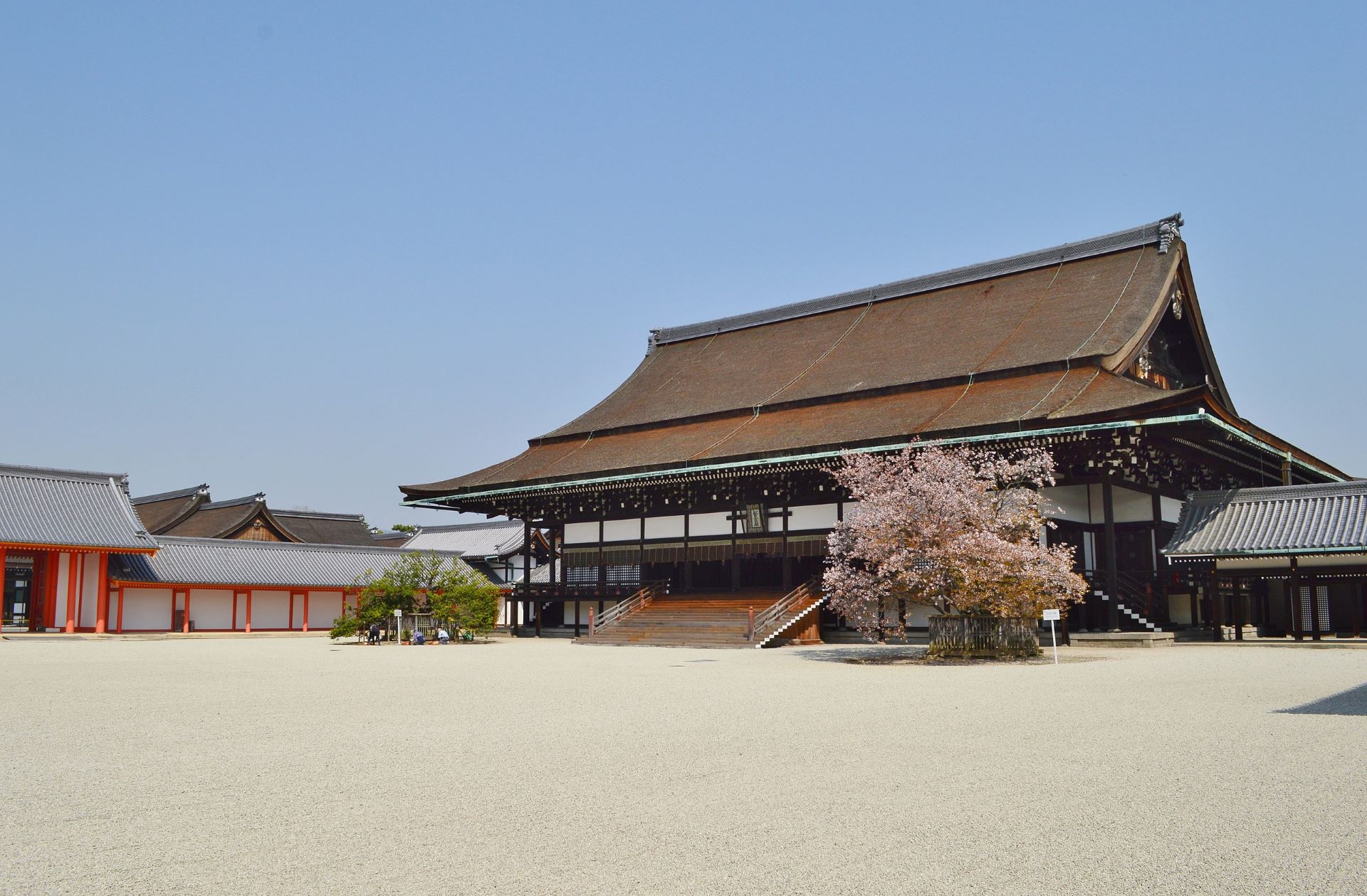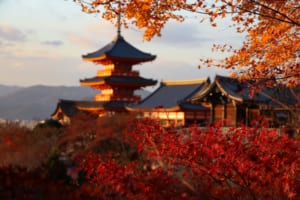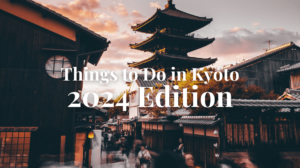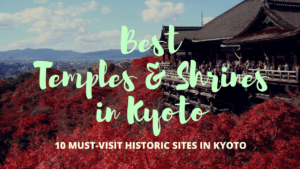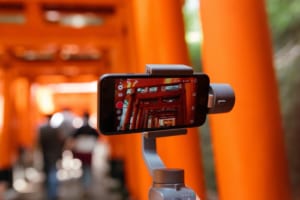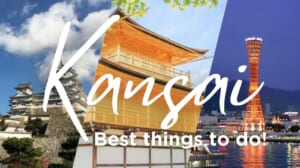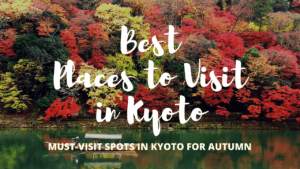Kyoto Imperial Palace: The Heart of Kyoto’s Ancient Traditions
Guide to Kyoto Imperial Palace
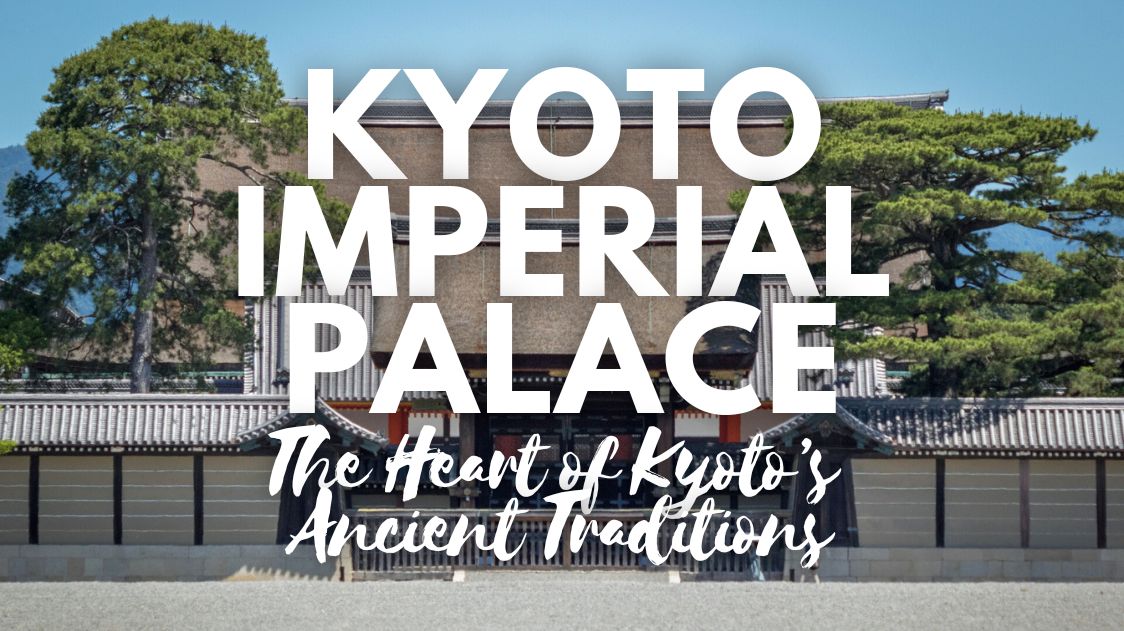
Why visit the Kyoto Imperial Palace? For starters, in a sea of cultural treasures, it’s the heart of Japan’s imperial capital. This palace, which was the residence of Japan’s emperors until the capital moved to Tokyo in 1869, provides a unique window into centuries of royal life and architectural evolution. One standout feature is the Shishinden hall, where enthronement ceremonies took place, flanked by the symbolic cherry and orange trees.
The palace grounds are filled with meticulously maintained gardens, historical buildings, and grand gates like the Kenreimon, used for welcoming foreign dignitaries. If you’re interested in history, architecture, or just want to enjoy the beauty of traditional Japanese gardens, your time will be definitely well spent dedicating at least half a day at the Kyoto Imperial Palace.
See also: 30 Best Things to Do in Kyoto & 5 Days Itinerary in Kyoto
What is the Kyoto Imperial Palace?
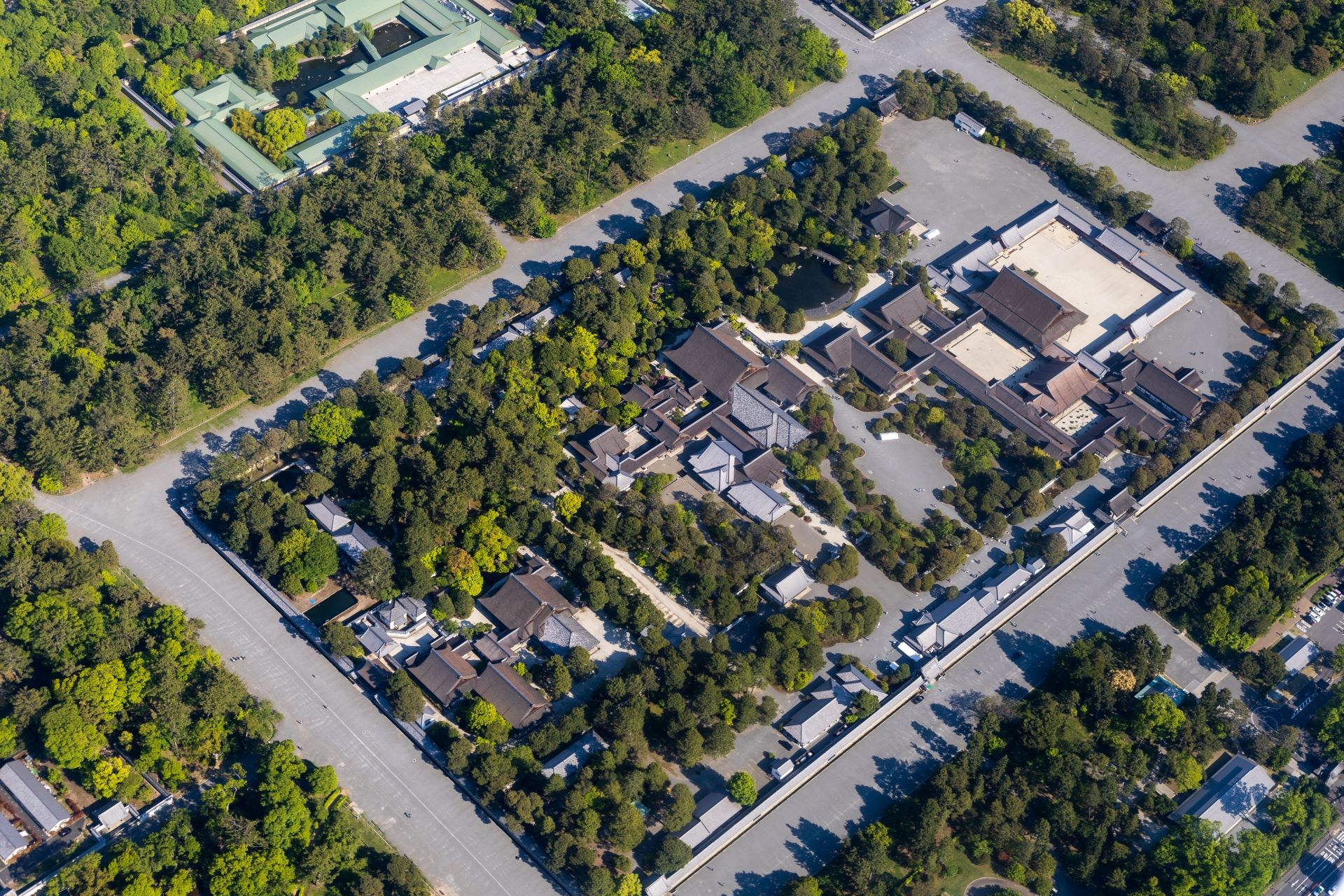
The Kyoto Imperial Palace (京都御所), located within the expansive Kyoto Gyoen National Garden, served as the residence of Japan’s emperors from the late 8th century until the capital moved to Tokyo in 1869. The current structures were rebuilt in 1855 after a series of fires, maintaining traditional Japanese architectural styles from various periods. The palace complex is a showcase of historical and cultural significance, featuring important buildings like the Shishinden (Hall for State Ceremonies), where enthronement ceremonies were held, and the Seiryoden (Hall for Ceremonies), which served as the emperor’s living quarters.
The palace grounds include meticulously maintained gardens and grand gates such as the Kenreimon, which was used for welcoming foreign dignitaries. Visitors can explore these gardens, which are adorned with seasonal flowers and traditional stone lanterns, providing a peaceful and picturesque setting. The buildings themselves offer a unique insight into the evolution of Japanese architectural styles and the historical significance of the imperial family.
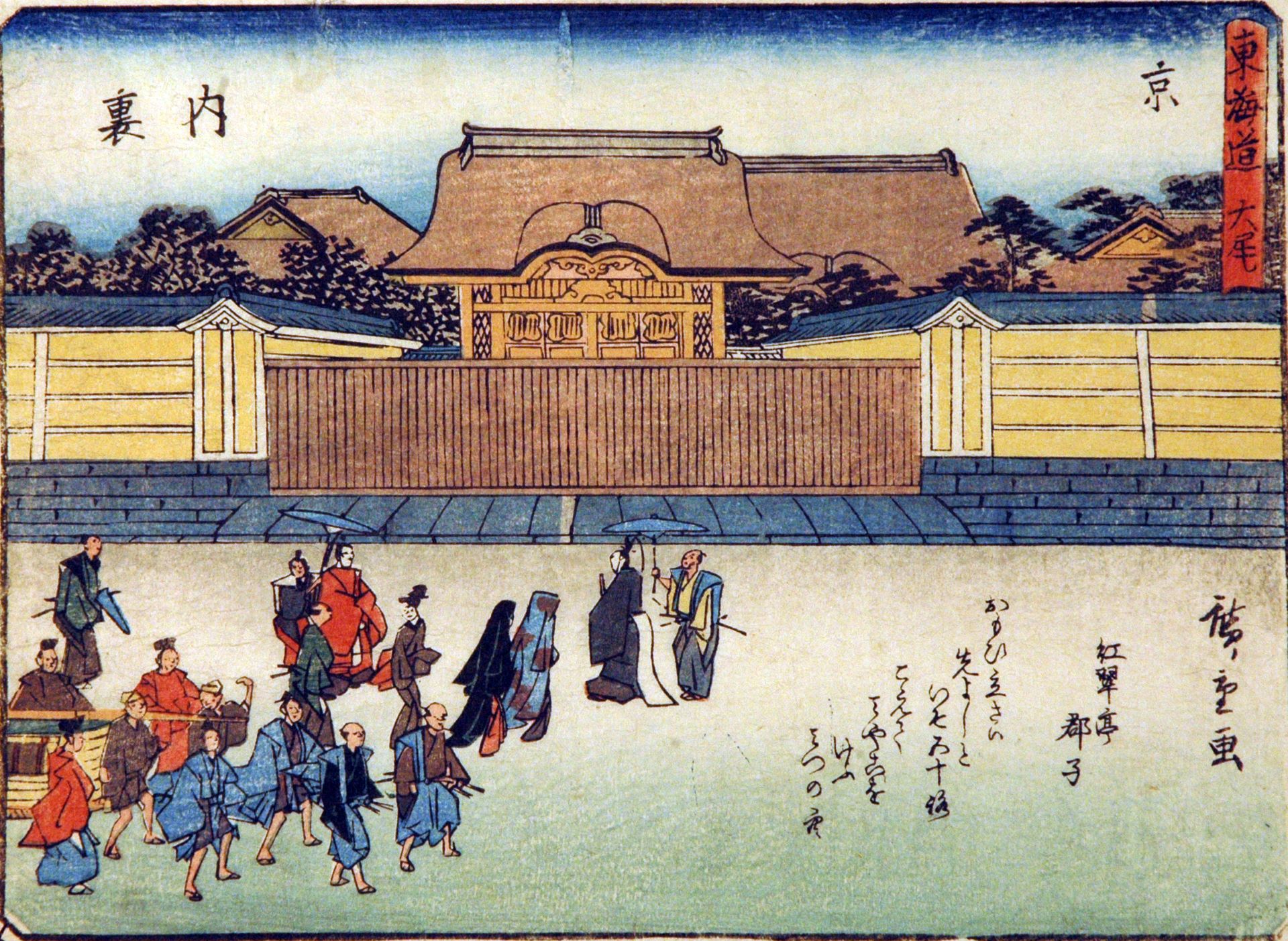
Utagawa Hiroshige (Public Domain CC0 1.0) via Wikimedia Commons
One of the highlights of the palace’s cultural calendar is the Aoi Matsuri (葵祭), one of Kyoto’s three most important festivals. Held annually on May 15th, this ancient festival features a grand procession of participants dressed in the traditional Heian period (794-1185) attire, making their way from the Kyoto Imperial Palace to the Shimogamo and Kamigamo Shrines. The festival celebrates the Kamo deities and is named after the hollyhock (aoi) leaves used as decorations.
Today, the Kyoto Imperial Palace is open to the public, allowing visitors to experience a pivotal piece of Japan’s history and cultural legacy.
What to See and Do at Kyoto Imperial Palace
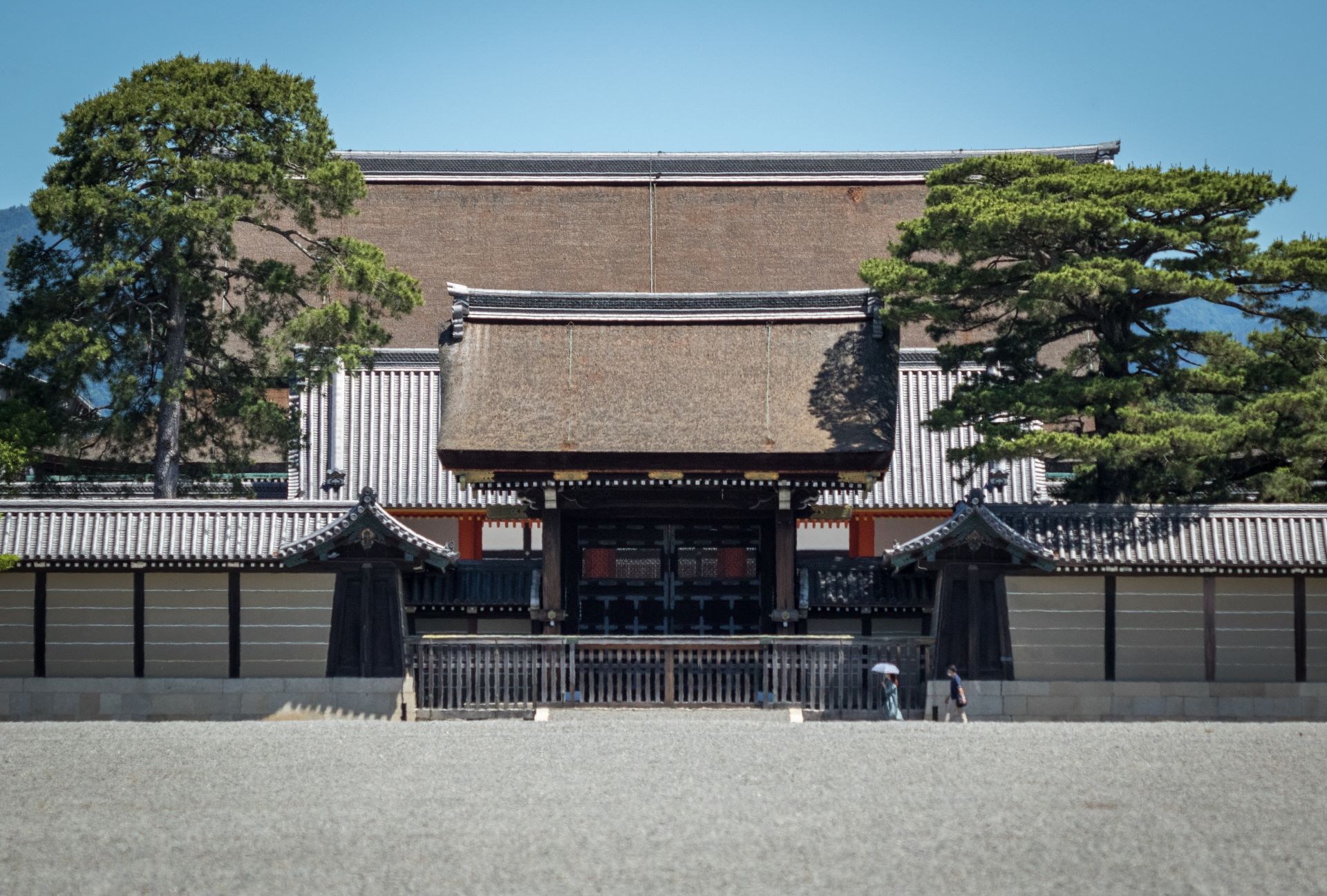
When visiting the Kyoto Imperial Palace, there’s a wide range of activities and sights to enjoy. Here’s a list of must-see attractions and things to do:
- Explore the Shishinden (紫宸殿, Hall for State Ceremonies): This historic building was used for the enthronement ceremonies of emperors and is a key highlight of the palace complex.
- Visit the Seiryoden (清涼殿, Hall for Ceremonies): Once the emperor’s residence, this hall provides insight into the daily life of the imperial family.
- Discover the Gonaitei (御内庭, Inner Garden) and stroll through the Oikeniwa (御池庭, Pond Garden): This picturesque garden features a central pond, seasonal flowers, and traditional stone lanterns, creating an enchanting and relaxing setting for visitors.
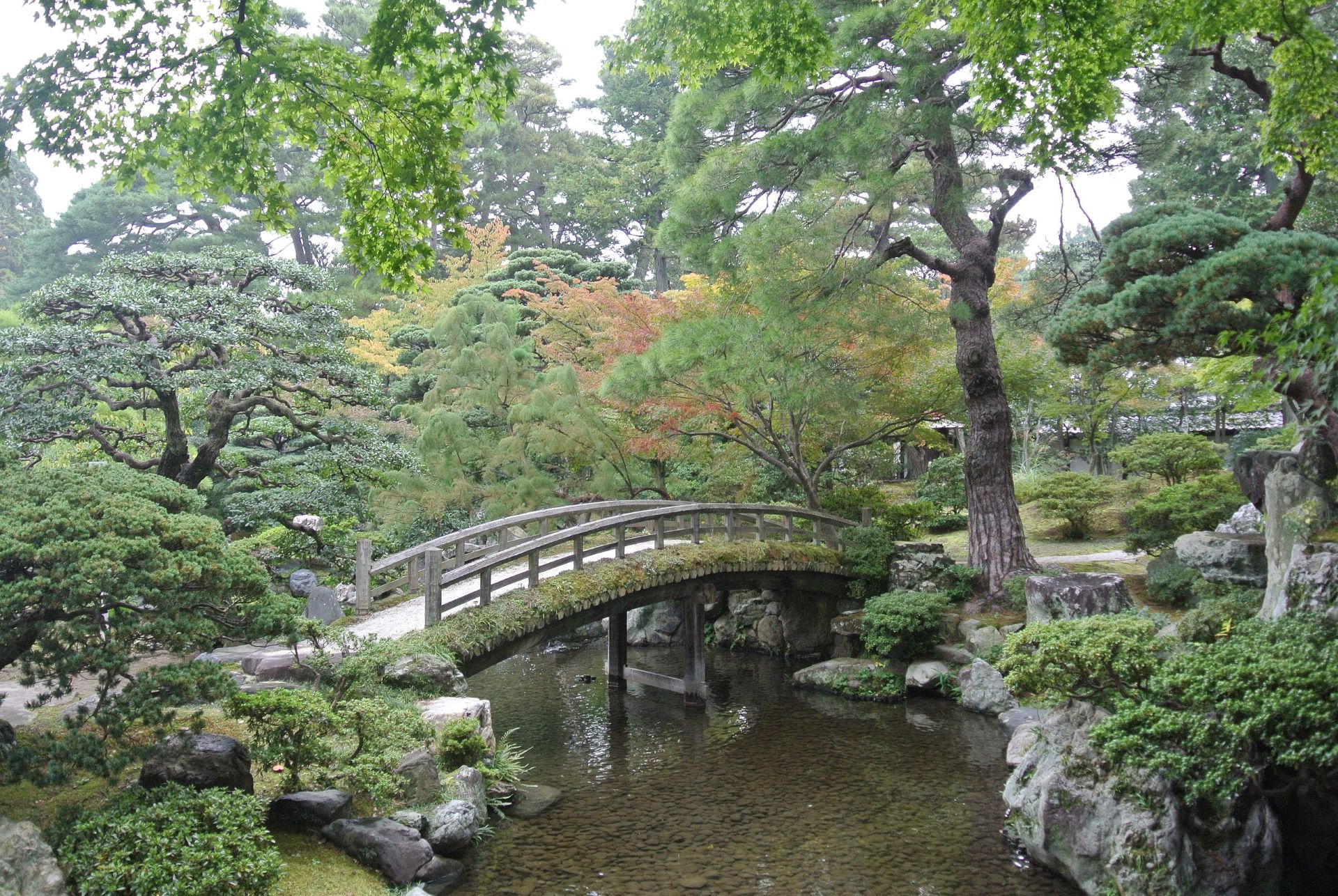
- Admire the Kenreimon Gate (建礼門): This grand gate was historically used for welcoming foreign dignitaries and is an impressive example of traditional Japanese architecture.
- Walk around Kyoto Gyoen National Garden (京都御苑): Surrounding the palace, this expansive park is perfect for leisurely walks and enjoying the natural scenery.
- Use the Free Audio Guide: Available in multiple languages, the audio guide provides detailed information about the palace’s history and architecture, enhancing your visit.
- Check out the Kemari Field (蹴鞠の庭): Did you know there is an ancient form of football called Kemari? This traditional game was introduced to Japan from China around 1,400 years ago and consists of all players tring to keep the ball in the air and kicking it to each other. It was a popular game in the imperial court and nowadays, every once in a while you might be able to see a demmonstration of Kemari in this area.
How to Get to Kyoto Imperial Palace
The most straightforward route is to take the Karasuma Line of the Kyoto City Subway. You can get off at either Imadegawa Station or Marutamachi Station. Imadegawa Station is closer, just a 5-minute walk to the palace entrance, while Marutamachi Station is a 10-minute walk. Also, several Kyoto City Bus lines stop near the Kyoto Imperial Palace. You can take bus numbers 3, 4, 10, 17, or 37 and get off at the Karasuma-Imadegawa stop, which is a 5-minute walk to the palace
Tourist Attractions Near Kyoto Imperial Palace
Kyoto is rich with historical and cultural attractions, and several notable sites are conveniently located near the Kyoto Imperial Palace. Here are some must-visit spots to include in your itinerary:
1. Nijo Castle

More info: Nijo Castle: Kyoto’s Magnificent Samurai Treasure
2. Heian Jingu
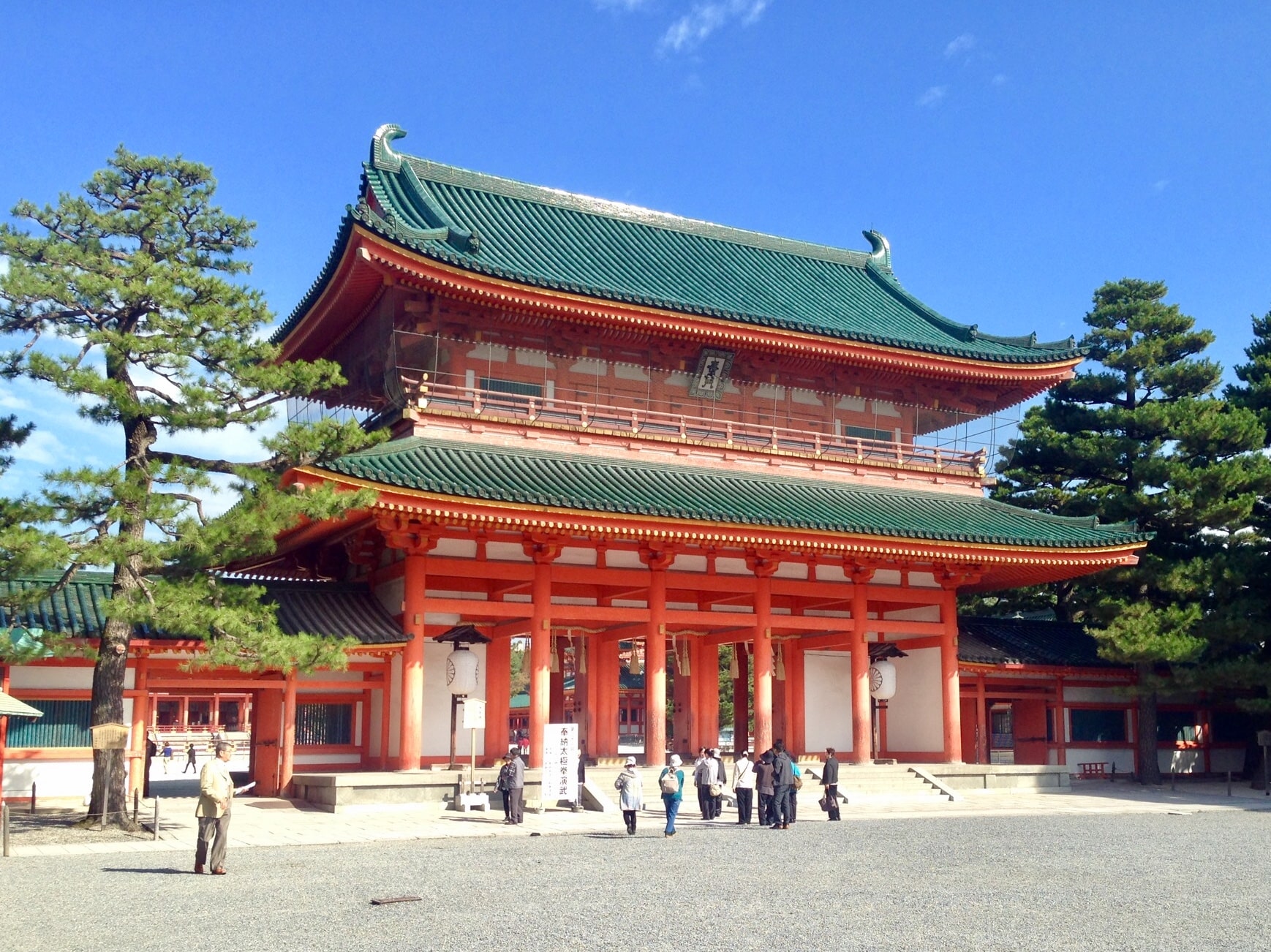
More info: Heian Shrine: Kyoto’s Best Weeping Cherry Blossom Spot
3. Kyoto International Manga Museum
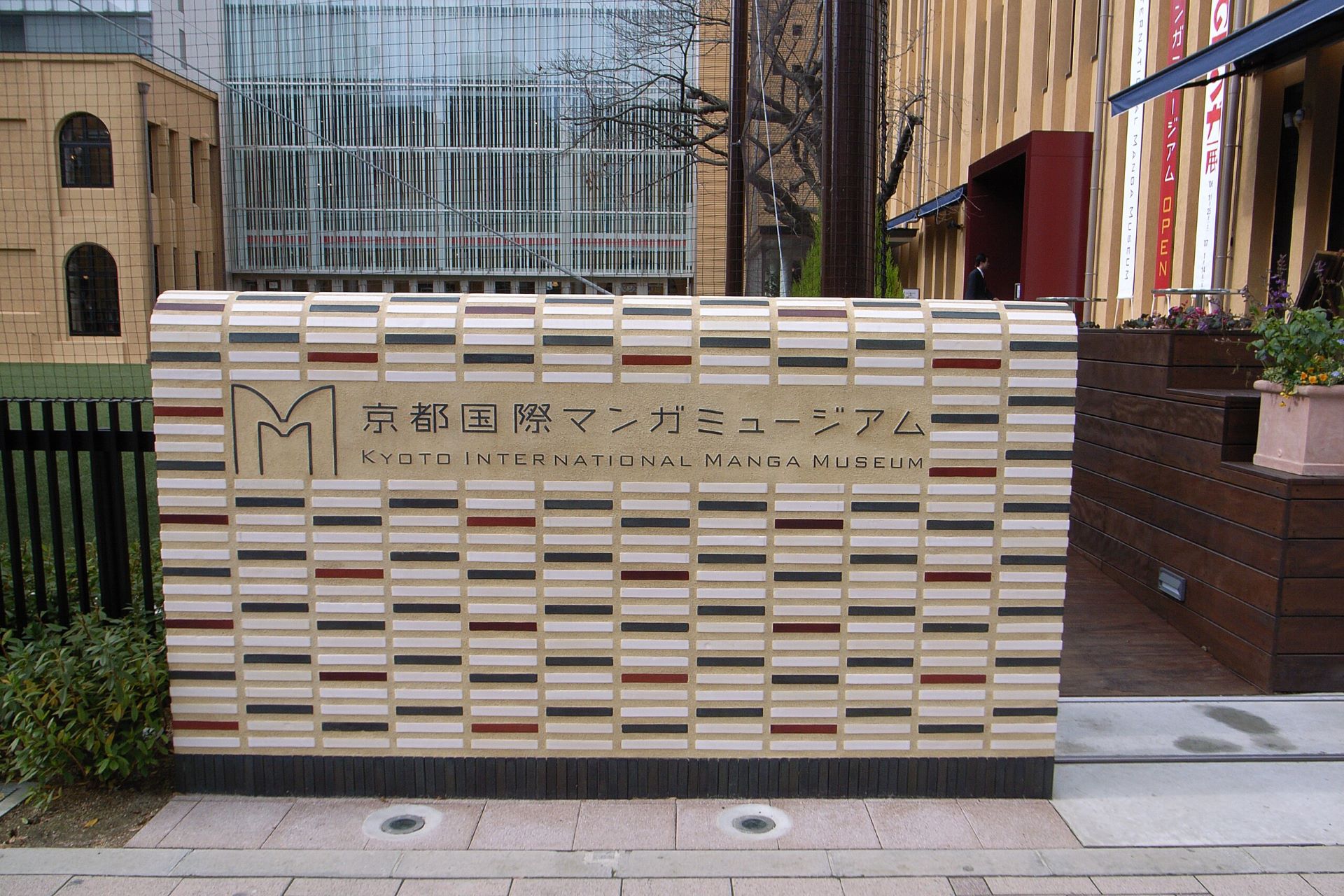
Kyoto International Manga Museum (京都国際マンガミュージアム) is a treasure trove for manga enthusiasts, featuring an extensive collection of manga from different eras and countries. Here you can read from the vast library, learn about the history and cultural impact of manga, and participate in various workshops and exhibitions. It’s a unique cultural experience that highlights a significant aspect of modern Japanese pop culture.
More info: Kyoto International Manga Museum
4. Nishiki Market
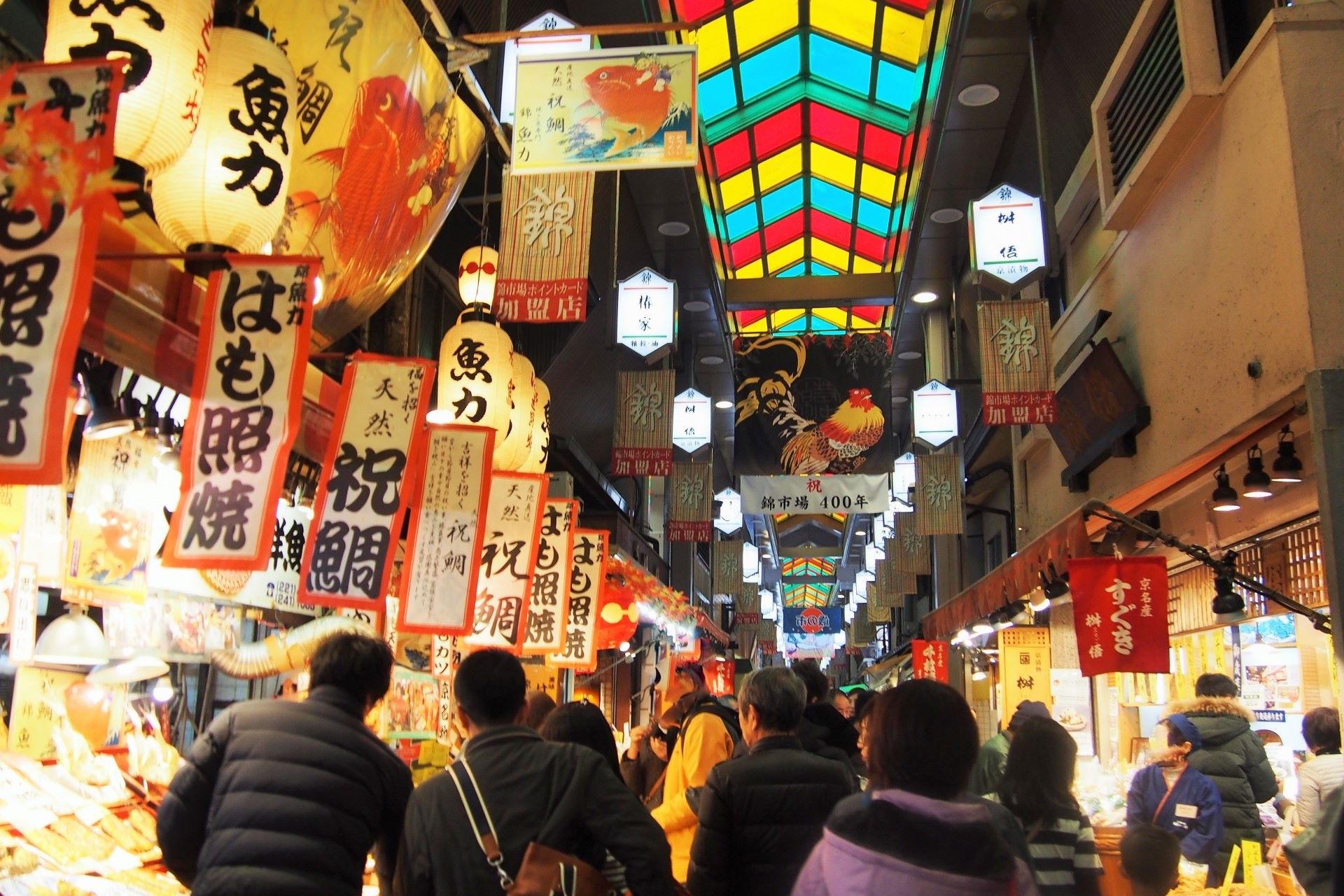
More info: Nishiki Market Tour: Food and Shopping Guide
▽Subscribe to our free news magazine!▽
For more information about cultural landmarks and traveling in Japan, check these articles below, too!
▽Related Articles▽
▼Editor’s Picks▼
Written by
Photographer, journalist, and avid urban cyclist, making sense of Japan since 2017. I was born in Caracas and lived for 14 years in Barcelona before moving to Tokyo. Currently working towards my goal of visiting every prefecture in Japan, I hope to share with readers the everlasting joy of discovery and the neverending urge to keep exploring.





